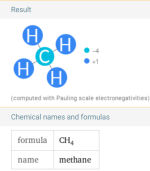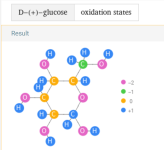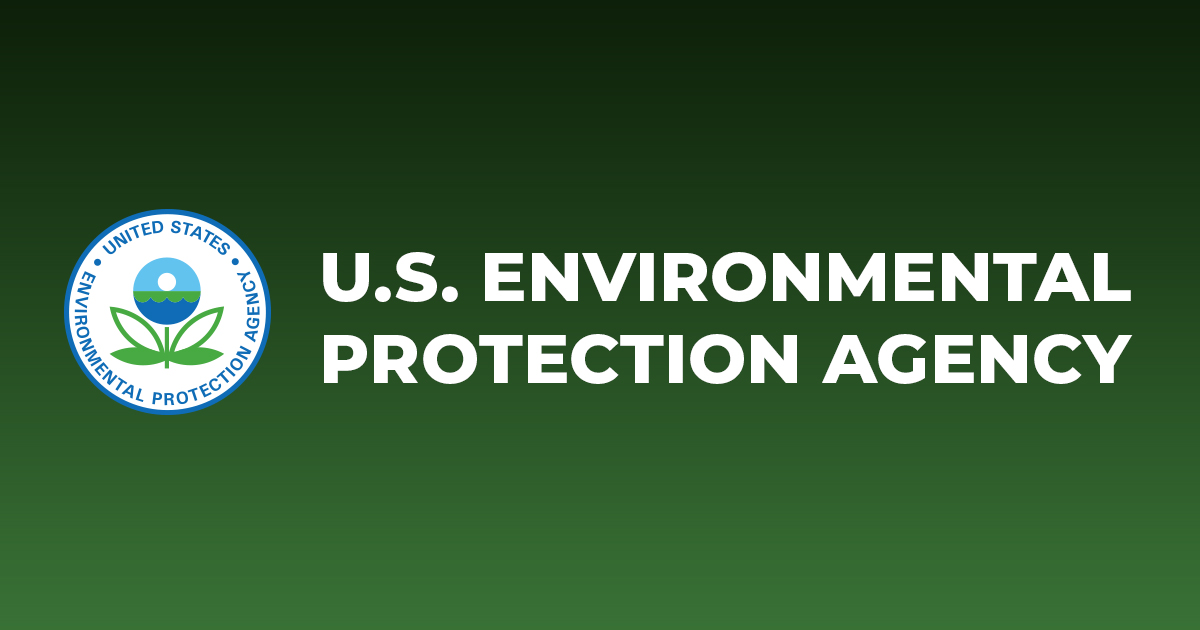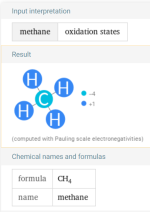- Nov 13, 2023
- 90
- Pool Size
- 17000
- Surface
- Vinyl
- Chlorine
- Salt Water Generator
- SWG Type
- CircuPool Core-55
I added 2 quarts of muriatic acid which brought the pH down to 7.2.
I waited 30 mins with the pump running and then added my SLAM liquid chlorine. The target level according to pool math is a FC level of 20. I added a little over 4 gallons of 7.17% chlorine bleach (plain, unscented).
I waited 30 mins and took a pool water sample at elbow depth. My test kit results:
FC: 3ppm
CC: 6.5ppm
TC: 9.5ppm
Did it really use up all that liquid chlorine that fast? I suppose that’s what the SLAM is doing - reacting with the CCs to clear them, right?
I will say that when adding the R-0871 reagent, it went totally clear after 6 drops (3ppm FC). But then as I was getting the R-0003 reagent out, it turned a slight pink again. Is that normal? The tips sheet says you have to be quick about this test or it will turn pink again if left sitting on the counter. But it was probably only 20 seconds or so. I have the smart stick and stirrer so it’s getting mixed well.
Should I put a FC of 3 into pool math and add another 3-4 gallons like it says? Or am I doing something wrong? Thanks!
I waited 30 mins with the pump running and then added my SLAM liquid chlorine. The target level according to pool math is a FC level of 20. I added a little over 4 gallons of 7.17% chlorine bleach (plain, unscented).
I waited 30 mins and took a pool water sample at elbow depth. My test kit results:
FC: 3ppm
CC: 6.5ppm
TC: 9.5ppm
Did it really use up all that liquid chlorine that fast? I suppose that’s what the SLAM is doing - reacting with the CCs to clear them, right?
I will say that when adding the R-0871 reagent, it went totally clear after 6 drops (3ppm FC). But then as I was getting the R-0003 reagent out, it turned a slight pink again. Is that normal? The tips sheet says you have to be quick about this test or it will turn pink again if left sitting on the counter. But it was probably only 20 seconds or so. I have the smart stick and stirrer so it’s getting mixed well.
Should I put a FC of 3 into pool math and add another 3-4 gallons like it says? Or am I doing something wrong? Thanks!













